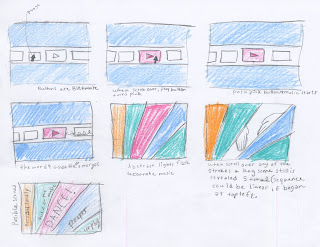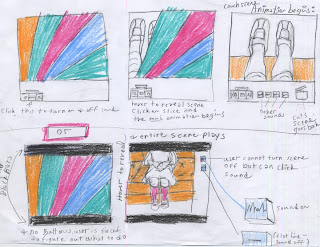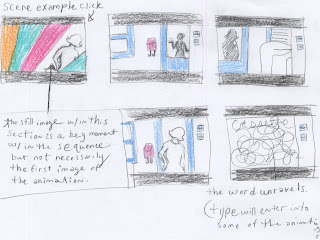Cherishing Process
Similar to the rewards for slowly steeping tea to fully experience its aroma and flavor, my years as a production artist have affirmed a love for severe detail and process. I savor the incubation period surrounding a design project and the teeny-tiny specs longing–squawking–to be infused with clarity and meaning.
Elevating Collaboration
Not unlike a fever, I relish and devour the concept of art supporting art; it’s a little selfish, but I regularly pursue design projects with various musicians, dance and theater groups I am enamored with.
A Note on Character
I was raised in a Southern Baptist home and have officially been saved a gazillion times; in spite of my determined apathy...I still believe.
Cheerleaders are Terrible and Generally Horrible People
Photography is a way of life for me. Luckily, I did not make the cheerleading squad my freshman year of highschool; joining the newspaper staff ignited the fuse to this first love that informs my design as well as assures my purpose for a pulse.
Similar to the rewards for slowly steeping tea to fully experience its aroma and flavor, my years as a production artist have affirmed a love for severe detail and process. I savor the incubation period surrounding a design project and the teeny-tiny specs longing–squawking–to be infused with clarity and meaning.
Elevating Collaboration
Not unlike a fever, I relish and devour the concept of art supporting art; it’s a little selfish, but I regularly pursue design projects with various musicians, dance and theater groups I am enamored with.
A Note on Character
I was raised in a Southern Baptist home and have officially been saved a gazillion times; in spite of my determined apathy...I still believe.
Cheerleaders are Terrible and Generally Horrible People
Photography is a way of life for me. Luckily, I did not make the cheerleading squad my freshman year of highschool; joining the newspaper staff ignited the fuse to this first love that informs my design as well as assures my purpose for a pulse.


































